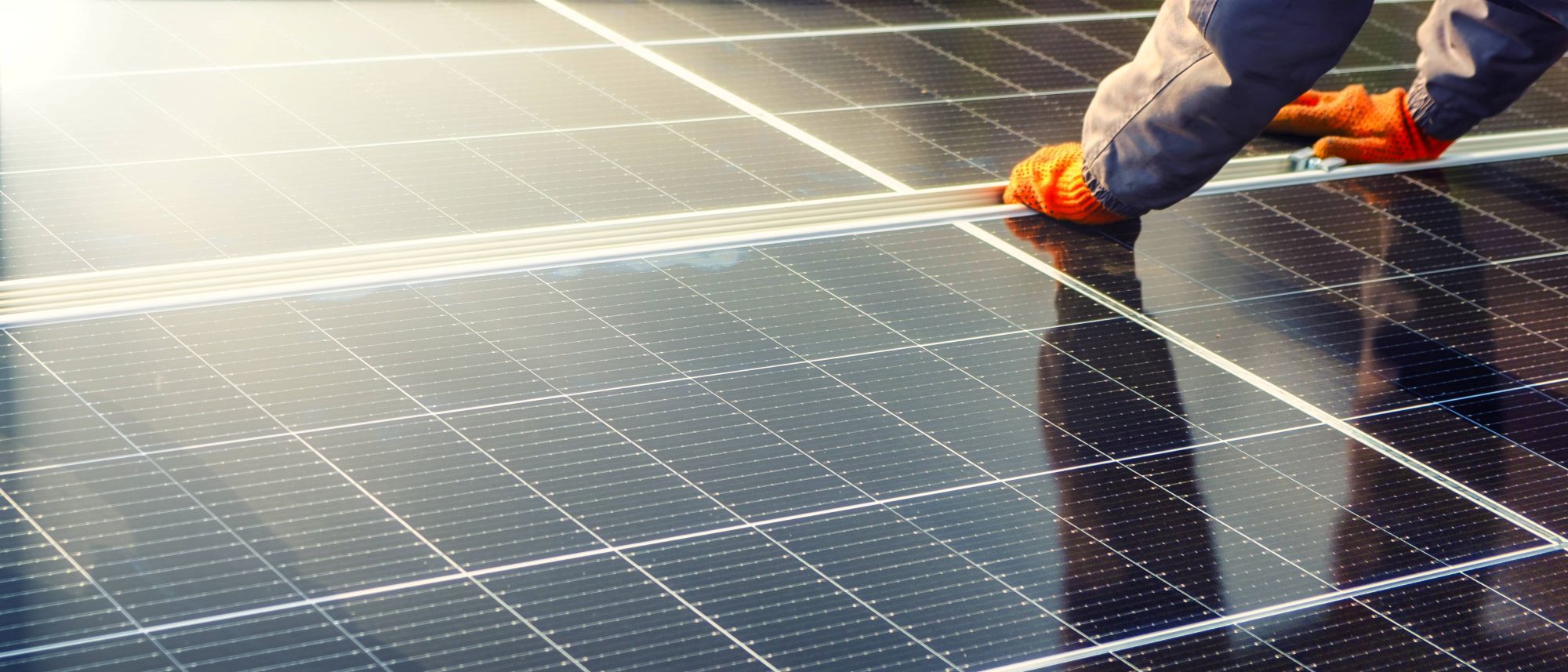Assessment criteria
Some applications to connect a Distributed Energy Resource (DER) system (which includes technologies like rooftop solar and/or battery storage systems) to our network require a technical assessment. This is because we have an obligation to operate, maintain and protect our network to ensure the adequate, economic, reliable and safe connection and supply of electricity to our customers.
These assessments can also help customers avoid over-investing in systems that are too large to operate effectively at their point in the network.
Why some applications need to be technically assessed
Some DER systems have the potential to compromise the efficiency of the electricity network and cause voltage levels to fall outside the statutory ranges.
A system that is too large will trip off when the voltage rises above the set limit, and the system will not generate or export to the grid until the voltage comes back into an acceptable range.
All proposed connections require an application and an offer from us before installation can occur.
Please note:
- If an application isn't assessed, that does not imply our guarantee of effective operation
- It remains the installer's responsibility to do their testing and be confident the proposed DER system will meet the customer's performance expectations
- Similarly, our assessment and any subsequent offer are provided at a point in time and are not a guarantee a system will operate effectively
- The Mount Isa-Cloncurry network is a combination of three-phase and SWER network and is not treated as an isolated network in the context of DER system applications.
We reserve the right to assess any application at any time.
The technical assessment process
Our initial evaluation considers the capacity of the system, the attributes of the local network servicing the premises, and the penetration of other DER systems on the local network. If that initial evaluation identifies a risk, a full desktop assessment is undertaken.
The assessment references information including:
- The National Metering Identifier (NMI) number for the premises
- The Registered Plan (RP) number and Lot number of the premises
- The capacity of the system
- The capacity of the distribution transformer and local network that supply the premises
- The total capacity of individual DER systems already connected to the same transformer.
Occasionally, we may need to visit the premises and inspect the local network serving it to check the attributes of particular parts, particularly in rural areas.
Assessment exclusions
The assessment does not consider:
- The condition of the household wiring. To determine whether the existing wiring is suitable for the proposed DER system, we encourage customers to engage a licensed electrical contractor
- The number of solar PV panels that are planned for installation. The assessment only considers the capacity of the inverter, which determines the maximum amount of electricity that can be exported to the network at any point in time
- The amount of electricity that is typically used by the occupants of the premises during the day.

